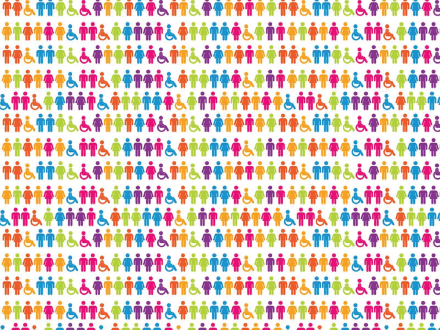Stress in the workplace – a World Health Organisation perspective

The World Health Organisation (WHO) has taken a close look at what drives stress in the workplace and what can be done to reduce or minimise it.
The WHO article explains that stress occurs when pressure gets out of hand or something significantly changes in the support and resources available to the employee to complete their work.
It would seem a lot can be done to manage pressures before they become stresses by looking more closely at job-related stress and stress created by the workplace environment.
The WHO discusses the concept of a healthy job – defined as one where the pressures on employees are appropriate given their skills and resources, the amount of control they have over their work and the level of support they receive as they go about their work. When the job is a healthy one there is both a positive benefit and the absence of negative or harmful conditions, in other words an absence of stress.
Work-related stress becomes apparent when there is a mismatch, reduced or limited control, or a lack of support. The signs and symptoms are very obvious.
The key suggestions for improving and better managing pressure and not allowing stress to erupt include; a careful review of stress-related hazards including the work contents (the job, workload, work hours, participation and control) and the work context (career, role, status, culture and acceptable attitudes and behaviours).
For the full article go to http://www.who.int/occupational_health/topics/stressatwp/en/
World Health Organisation, 2013





